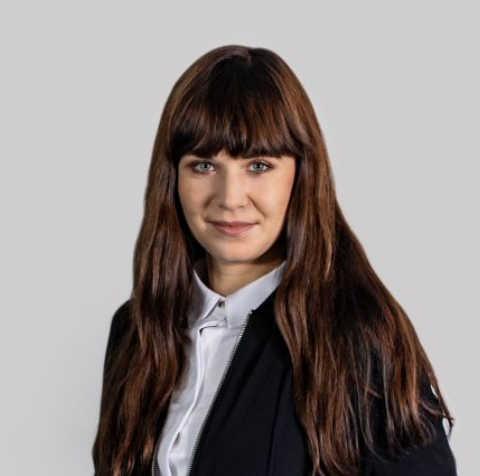Descriptive Statistics
The course "Descriptive Statistics" deals with typical issues implemented in the courses Descriptive Statistics in undergraduate studies.
The course "Descriptive Statistics" deals with typical issues implemented in the courses Descriptive Statistics in undergraduate studies.
The course "Descriptive Statistics" deals with typical issues implemented in the courses of Statistics, Descriptive Statistics, in undergraduate studies.
The recipients of the course are mostly students, the course supports traditional learning, allows at your own pace to return to the issues, repeat them and practice calculations and interpretation. The course can be taken as a self-study tool.
The course can be taken without prior completion of other courses.
The course consists of 12 modules, and can be completed at your own pace.
Each module includes videos explaining the theory or showing how to count and interpret. In addition to the videos, a transcript and supplementary materials are also included.
The course can be taken without finishing other courses.
presents basic concepts related to statistical research. Concepts such as population, unit, statistical feature or variable are clarified. The levels of measurement and statistical series are discussed.
deals with measures of central tendency. They are divided into classical and positional measures. The method of calculating these measures for different series and their interpretation are presented.
covers issues related to the distribution of the data. Concepts such as the histogram and the box plot are discussed.
is devoted to the measures of dispersion. The method of determining classical and positional measures of dispersion and their interpretation is presented.
deals with measures of skewness and measures of concentration (kurtosis). It discusses the concept of central moments. Examples of calculating the measures of asymmetry and concentration as well as their interpretation are presented. Descriptive statistics were summarized, presenting a comprehensive analysis using descriptive statistics.
presents the principles of determining individual dynamics indices and their interpretation. Single-base and chain indices as well as medium-term growth rates have been characterized. Moreover, the conversion of chain to single-base indices and single-base to chain indices is explained.
is devoted to the Laspeyres, Paasche and Fisher aggregate indices. The idea of aggregate quantity and price indices determined on the basis of the above three formulas and their interpretation are presented.
deals with trend analysis and presents the determination and interpretation of the parameters of linear, power and exponential trend equations as well as measures of their adjustment to empirical data. Moreover, forecasts were made on the basis of the trend equations.
is devoted to seasonality. The method of determining and interpreting the seasonal indices for the additive and multiplicative model is presented. An example of the forecast based on the linear trend equations and seasonality indices is presented.
introduces the properties, calculation, and interpretation of Pearson's linear and Spearman's rank correlation coefficients.
is devoted to simple linear regression analysis in which there is one independent variable. It includes the characteristics of regression, determining the parameters of the equation and measures of regression goodness of fit along with their interpretation. The final part of the topic also presents the use of simple linear regression in forecasting.
extends correlation and regression analysis to the multivariate case and presents the idea of multiple correlation and multiple regression. The computational examples concerning the multiple and partial correlation coefficient as well as multiple regression and its application in forecasting are presented.
In order to pass the course, one must score at least 51% on the tests completing the subject blocks.
In order to receive a certificate, you must meet all the criteria for passing.
 Sylwester Białowąs, PhD
Sylwester Białowąs, PhD
Professor at Poznań University of Economics, works at the Department of Market and Service Research, has more than twenty years of teaching experience, teaches classes in statistics, research methods, data analysis and customer behavior. Provides training for managers in data analysis.
 Adrianna Szyszka, PhD
Adrianna Szyszka, PhD
Works in the Department of Market and Service Research at the Poznań University of Economics. She has experience in teaching statistics, data analysis, quantitative research. Author of publications in the indicated area.
 Robert Skikiewicz, PhD
Robert Skikiewicz, PhD
Senior lecturer, Poznań University of Economics.
Works in the Department of Market and Service Research at Poznań University of Economics.
He teaches classes in statistics, quantitative methods and forecasting methods.
Project „E-learning as a chance to acquire competences” POWR.03.01.00-00-W069/18 co-financed by the European Union from the European Social Fund under the Operational Programme Knowlege, Education, Development 2014-2020
